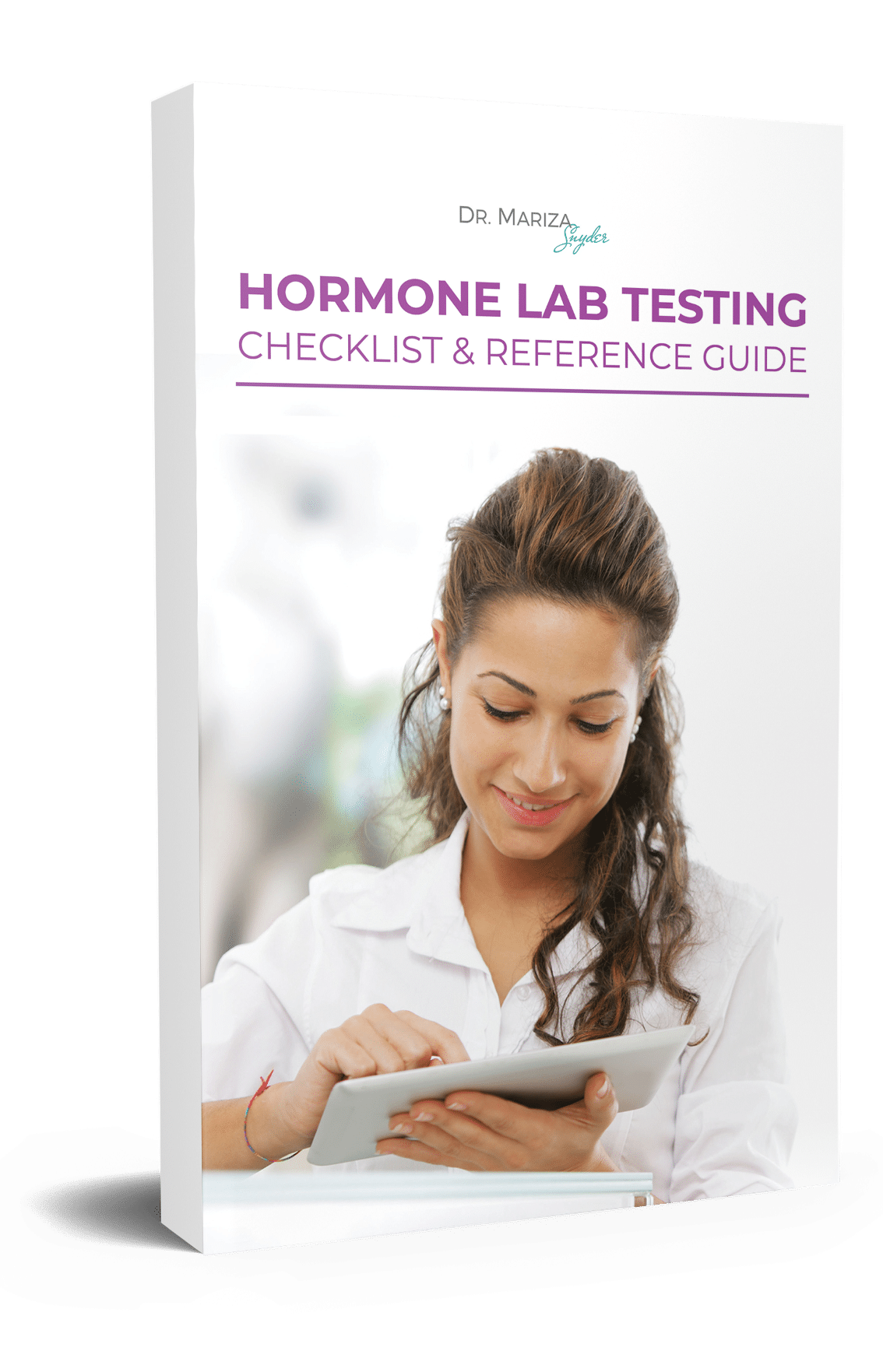

Ready to Get Definitive Answers About What’s Going On With Your Hormones?
Grab Your FREE Guide...
Hormone Lab Testing
Checklist & Reference Guide
Download Now and Discover:
- Exactly which hormones & tests are most effective to nail down what’s causing your symptoms
- Precise ranges for each test result so you can know what warning signs to watch for
- A concise checklist to present to your doctor (or order yourself) that will cover the biggest ground
- And more!